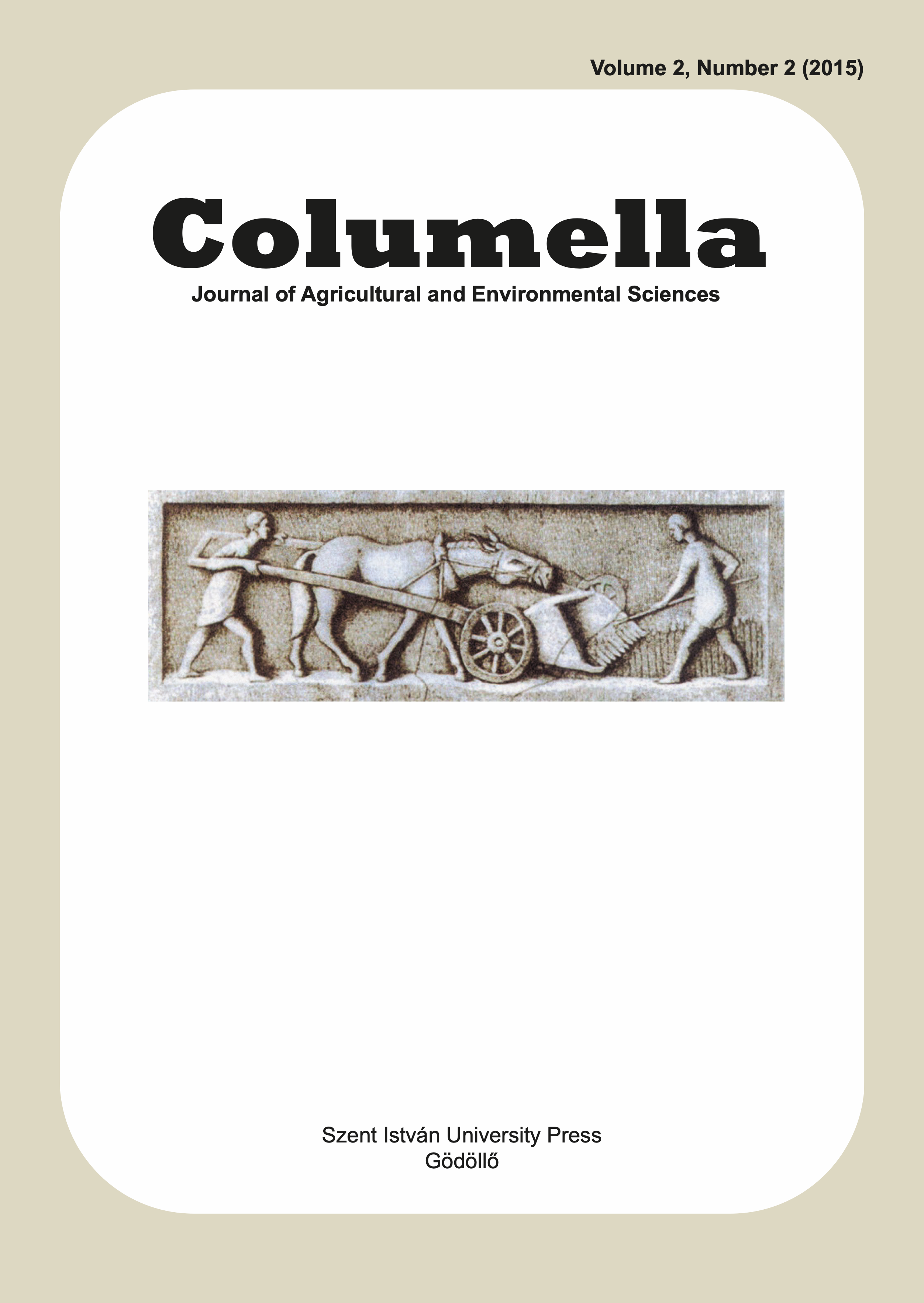Non-destructive and destructive measurements’ chlorophyll content in sunflower and maize plants uptaken different chemical forms of selenium
DOI:
https://doi.org/10.18380/SZIE.COLUM.2015.2.2.9Keywords:
Sodium selenite/Sodium selenate, Relative chlorophyll content, Chlorophyll a and b content, Sunflower, MaizeAbstract
Selenium (Se) is an example of an essential element becoming more and more insufficient in food crops as a result of intensive plant production in many countries. Se is an essential biological trace element. Accordingly, controlling the Se uptake and metabolism in plants will be important to reaching to adequate methods for bio fortification. Furthermore, chlorophyll content (chl) is one of the most important physiological parameters whichis related to plant photosynthesis and is usually used to predict plant potential. In this regard, during and end of the experiment in hydroponic culture, chlorophyll content of sunflower and maize plants’ leaves treated different concentrations of Se in two forms of sodium selenite (SeIV) and sodium selenate (SeVI) was measured in two methods of non-destructive and destructive ones to clarify the relationship between Se and chl. Both measurements were done on old and young leaves and results showed that Relative Chlorophyll Content (RCC) and Chl a and b were not impaired at the end of experiment from Se exposure up to 3 mg L-1 of both SeIV and SeVI in two plants. Although high doses of sodium selenite caused toxicity in sunflower treatments.
Downloads
Published
Issue
Section
License
Copyright (c) 2015 Farzaneh Garousi, Szilvia Veres, Béla Kovács

This work is licensed under a Creative Commons Attribution-NonCommercial-NoDerivatives 4.0 International License.






